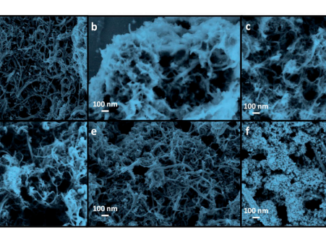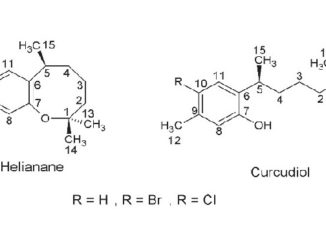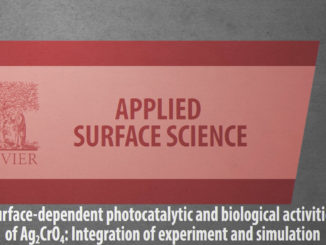
Semiconductor Photoelectroanalysis and Photobioelectroanalysis: A Perspective
Abstract: Electrochemical sensor signal output, when recorded as a current, is primarily related to the target analyte concentration, but often also related to additional experimental or control parameters. When employing photo-active semiconductor electrodes, light intensity offers an additional control parameter for sensors and opportunities for new reaction/detection or signal amplification pathways. Light stimulation can (i) excite charge carriers to directly interact with analyte, (ii) excite charge carriers to interact with the analyte via a receptor, (iii) provide excited state solution intermediates to generate secondary analyte molecules, (iv) consume the target analyte to give a negative photoelectrochemical signal, or (v) be used to modify or amplify the sensor response. Light activated sensors have been reported for multiplexed arrays. In this perspective, recent developments in photoelectrochemical sensing methods based on semiconductor materials are summarised and new directions and opportunities are highlighted.
Author(s): Sirlon F. Blaskievicz; Lucia Helena Mascaro; Yuanzhu Zhao; Frank Marken
TrAC Trends in Analytical Chemistry
Published: February 2021, Volume 135, 116154




